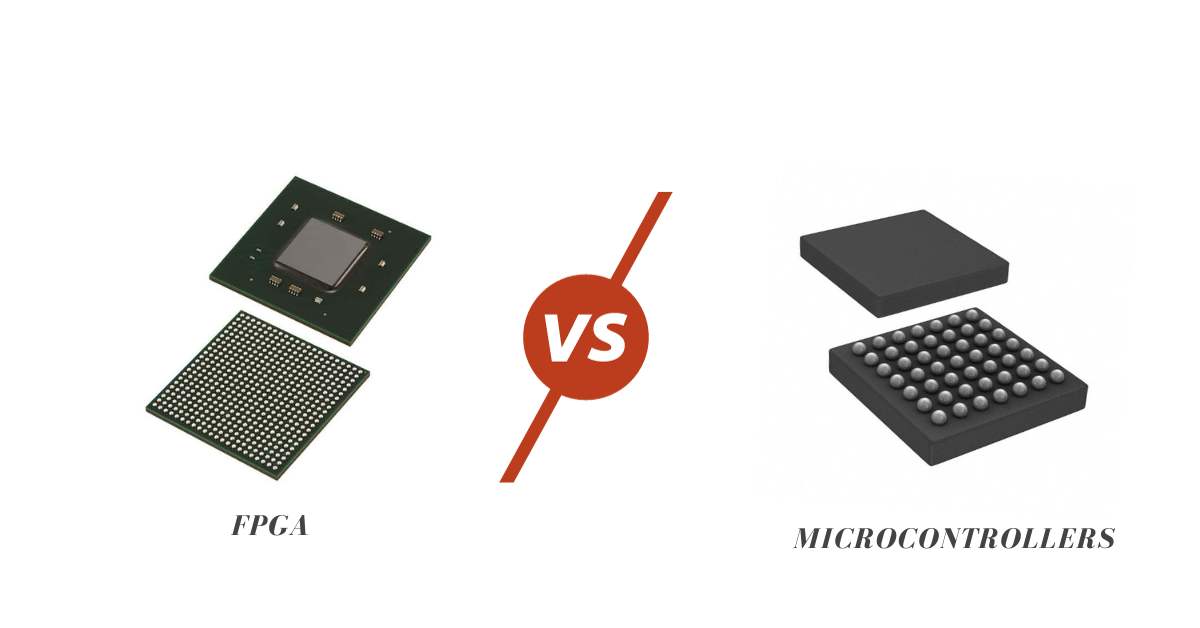Time: 2025-04-27 11:38:00View:

Microcontroller (MCU):
Integrated circuit with processor core, memory, and peripherals
Executes programmed code sequentially
Pre-configured hardware with fixed functions
Field Programmable Gate Array (FPGA):
Reconfigurable semiconductor device
Consists of logic blocks, memory elements, and programmable interconnects
Enables hardware-level parallel processing
| Feature | Microcontroller | FPGA |
|---|---|---|
| Processing | Sequential (von-Neumann/Harvard) | Parallel (simultaneous logic execution) |
| Flexibility | Fixed hardware architecture | Fully reconfigurable logic |
| Programming Model | Software (C, C++, Assembly) | Hardware description (VHDL, Verilog) |
| Peripherals | Integrated predefined modules | Must be implemented manually |
Microcontrollers:
Optimized for deterministic real-time control
Low power consumption in standby
Ready for immediate operation after power-up
Typical clock speeds: 1-300 MHz
FPGAs:
Extreme parallel processing capability
Hardware acceleration possible
Configuration time at startup (boot)
Typical clock speeds: 50-500 MHz (depending on design)
Development Environment:
MCU: Compilers, debuggers (Keil, IAR, Arduino IDE)
FPGA: Synthesis tools (Vivado, Quartus, Libero)
Learning Curve:
MCU: Easier entry (similar to PC programming)
FPGA: Requires digital electronics knowledge
Debugging:
MCU: Software debuggers with breakpoints
FPGA: Logic analyzers, signal probing
Typical MCU Applications:
Simple control tasks
IoT devices
User interfaces
Motor controls
Typical FPGA Applications:
High-speed data processing
ASIC prototyping
Digital signal processing
Cryptography hardware
Microcontroller Advantages:
Lower cost
Easier programming
Immediate operation
More energy efficient for standard tasks
FPGA Advantages:
Higher performance for parallel tasks
Hardware adaptability
Faster response times (no OS overhead)
Future-proof through reconfigurability
Choose a microcontroller when:
The application requires standard I/O
Development time must be short
Low unit costs are critical
Choose an FPGA when:
Extreme parallelization is required
Special hardware acceleration is needed
The application must be highly customizable
Real-time requirements are in the nanosecond range
Modern systems often use both technologies:
MCU for control tasks
FPGA for signal processing
Example: Xilinx Zynq SoCs combine ARM cores with FPGA logic